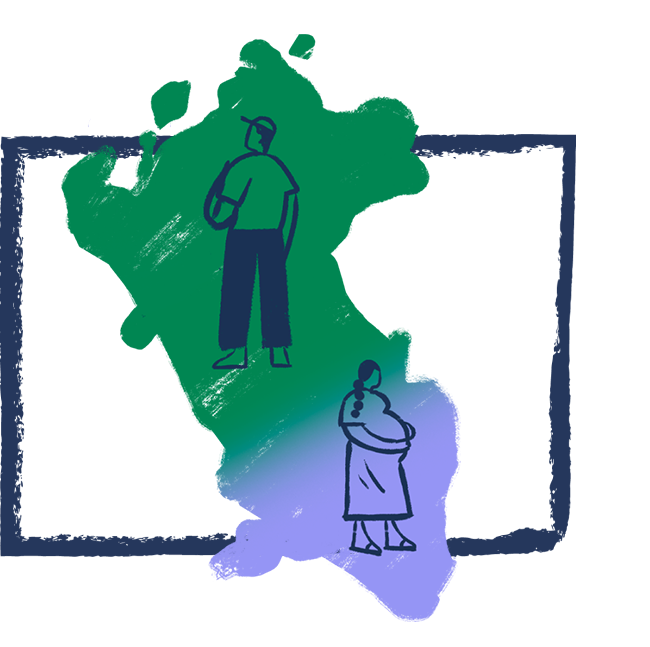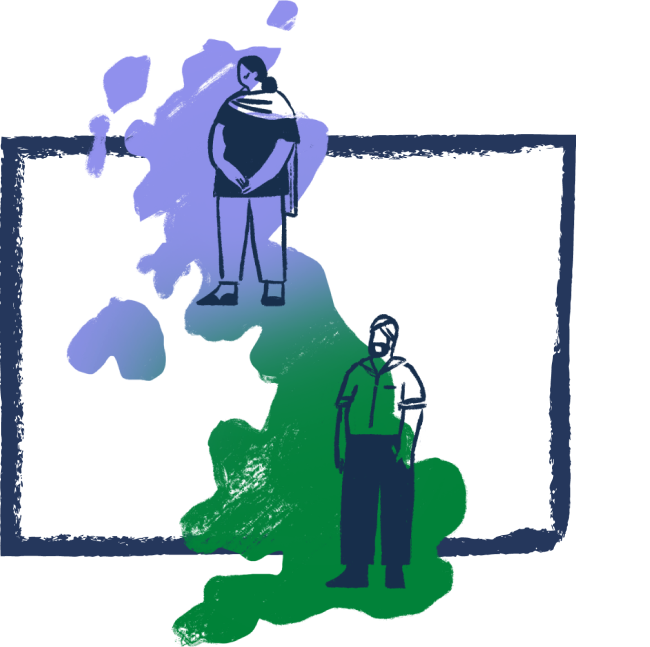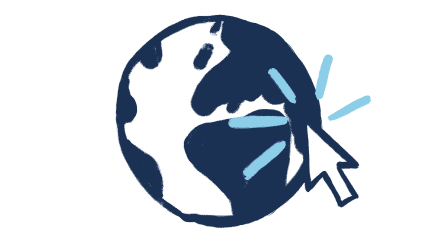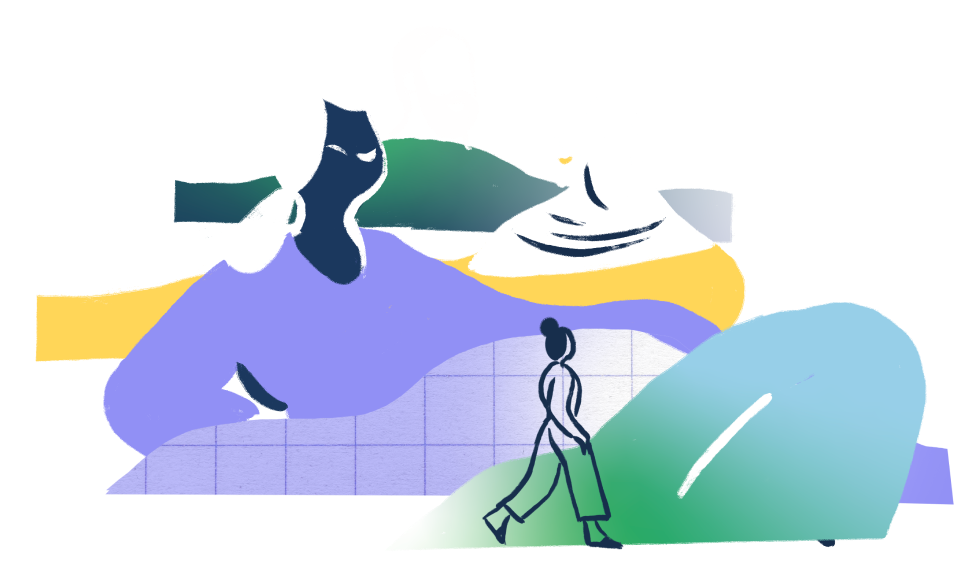How many lives could be saved by looking at data differently?




How does gender affect our health when it comes to some of the world’s deadliest conditions? What power imbalances in our laws, cultures, systems and structures change how women and men are differently exposed to risk, how and if they get effective treatment, and ultimately their chances of survival?
Gendered Health Pathways, a groundbreaking data visualisation tool from Global Health 50/50, proves the power of holistic, sex-disaggregated data to lead us closer to the answers.
Better health for all
Step-by-step guide


PATHWAY STORIES

HYPERTENSION IN PERU
MIGUEL’S JOURNEY
What gender inequalities face men and women along the hypertension health pathway? What can be done to identify and remedy the different gender-specific risks, and reduce the burden caused by the world’s leading cause of preventable death?
Explore Story
DIABETES IN THE UK
MOHIN’S & JASMINDER’S JOURNEYS
How does gender play a role in the impact of diabetes on men and women of a certain age?
Our evidence-based story reveals inequalities — and opportunities to remedy them — along the health pathway.

This platform has the power to galvanise a shift in thinking and in how we collect and use data.
Swarup Sarkar, Inaugural Ambassador for the Global Health Security Network, AustraliaDecision-makers often say they lack data to support the formulation of gender-responsive policies. The Gendered Health Pathways dashboard can help planners understand precisely where women’s health can be best improved. It’s my utmost hope to see this tool used for visualisations of Indonesian data to inform all development actors.
Diah S. Saminarsih, Founder & CEO, Center for Indonesia’s Strategic Development Initiatives (CISDI)We can see immediately how Gendered Health Pathways can help us, and our global members, make a case for men’s health. If we’re to improve overall public health throughout the world, we must now start paying attention to the problems facing men as well as women.
Peter Baker, Director, Global Action on Men’s Health

What’s possible with clearer, connected data?
Right now, gaps in data and how it’s used mean that inequalities along the health pathway are going unchecked across the world.
We’re building country-level partnerships to realise the potential of Gendered Health Pathways in addressing these gaps. With more complete data, we can identify the inequalities and trigger better-targeted prevention and treatment that’s more responsive to the different health needs of women and men — and reduce the burden of illness on communities, health systems and wider society.



